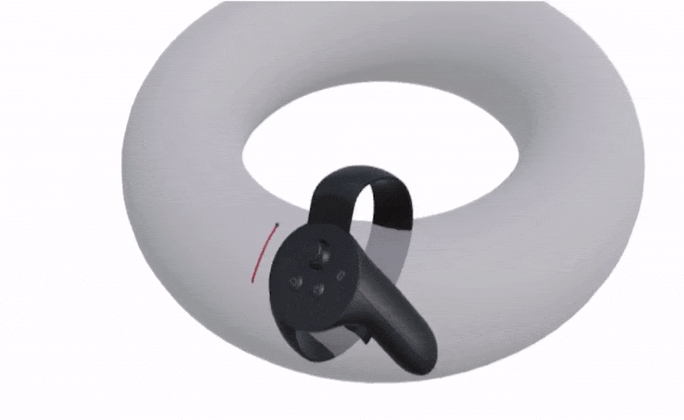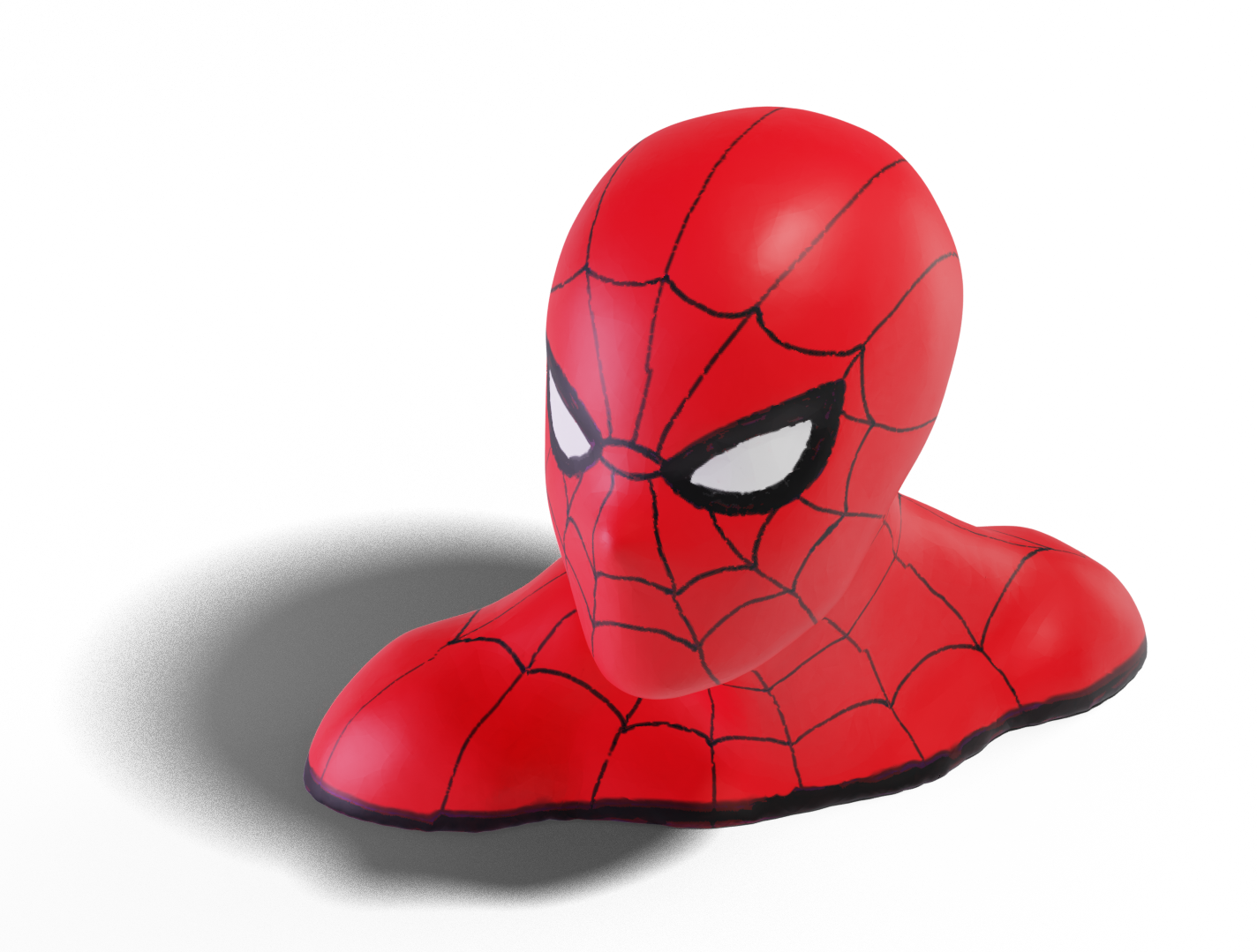



Complex 3D curves can be created by directly drawing mid-air in immersive environments (Augmented and Virtual Realities). Drawing mid-air strokes precisely on the surface of a 3D virtual object, however, is difficult; necessitating a projection of the mid-air stroke onto the user “intended” surface curve. We present the first detailed investigation of the fundamental problem of 3D stroke projection in VR. An assessment of the design requirements of real-time drawing of curves on 3D objects in VR is followed by the definition and classification of multiple techniques for 3D stroke projection. We analyze the advantages and shortcomings of these approaches both theoretically and via practical pilot testing. We then formally evaluate the two most promising techniques spraycan and mimicry with 20 users in VR. The study shows a strong qualitative and quantitative user preference for our novel stroke mimicry projection algorithm. We further illustrate the effectiveness and utility of stroke mimicry, to draw complex 3D curves on surfaces for various artistic and functional design applications.
@article{arora2021midair,
title={Mid-Air Drawing of Curves on {3D} Surfaces in Virtual Reality},
author={Rahul Arora and Karan Singh},
journal={ACM Trans. Graph.},
volume={40},
number={3},
numpages={17},
year={2021},
month = jul,
url = {http://doi.org/10.1145/3459090},
doi = {10.1145/1122445.1122456},
publisher = {Association for Computing Machinery},
address = {New York, NY, USA}
}
We are thankful to Michelle Lei for developing the initial implementation of the context-free techniques, and to Jiannan Li and Debanjana Kundu for helping pilot our methods.
We also thank various 3D model creators and repositories for the models we utilized: Stanford bunny and armadillo models courtesy of the Stanford 3D Scanning Repository, trebol model provided by Shao et al., fertility model courtesy the Aim@Shape repository, hand model provided by Jeffo89 on turbosquid.com, horse model courtesy Cyberware, Spiderman bust base model by David Ruiz Olivares (CC BY 4.0), beast model courtesy Autodesk, fandisk model provided by Pratt & Whitney/Hughes Hoppe, La Madeleine model by LeFabShop on thingiverse.com (CC BY-SA 3.0), and cup model provided by Daniel Noree on thingiverse.com (CC BY 4.0).
This work has been funded by NSERC Discovery Grant 480538 and by software and research donations from Adobe.